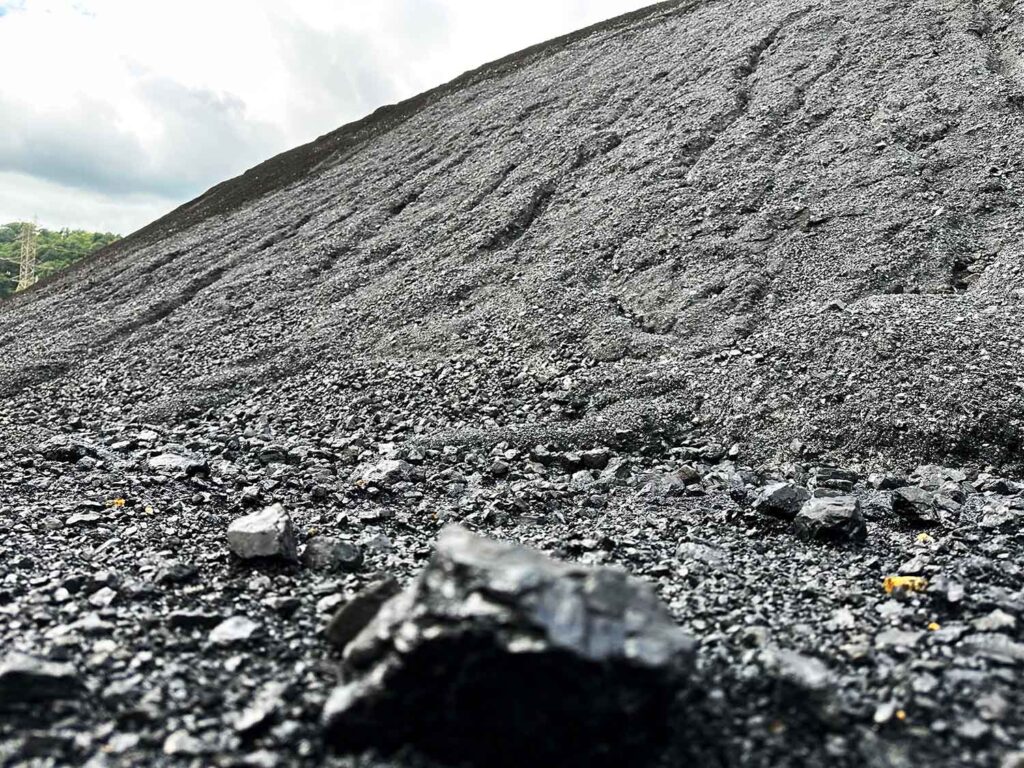
NRECA is asking a federal appeals court to review the Environmental Protection Agency’s new rule for coal ash impoundments at inactive power plants and other sites, a regulation the association says will impose undue costs on electric cooperatives and exacerbate grid reliability challenges.
NRECA joined the Utility Solid Waste Activities Group and the American Public Power Association (APPA) in challenging the rule. The lawsuit was filed Aug. 2 in the D.C. Circuit Court of Appeals.
“EPA has exceeded its statutory authority and finalized a one-size-fits-all coal ash rule that will impose unnecessary and duplicative costs on cooperatives,” said Viktoria Seale, NRECA regulatory affairs director. “Cooperatives will be forced to reclose coal ash units that have been properly closed under state requirements, including sites where all coal ash has been removed.”
The legacy coal combustion residuals (CCR) rule creates two new categories of federally regulated CCR facilities: inactive coal ash impoundments at inactive power plants and CCR “management units,” areas of land where coal ash was received, placed or otherwise managed that had not previously been regulated by EPA as a CCR unit.
The rule came after the EPA in 2015 established federal requirements for managing coal ash at CCR ponds and landfills and required some units to close. The agency at the time reaffirmed that CCRs are not hazardous wastes and encouraged their continued beneficial use, including as an ingredient in concrete.
But the new legacy coal ash rule will apply existing regulatory requirements to already closed sites, some of which are located under active CCR landfills and existing power plant infrastructure, NRECA said in a fact sheet on the rule.
Instead of standing up a risk-based federal CCR permitting program and approving state plans, the legacy coal ash rule takes a monolithic approach that relies on broad and unclear definitions of regulated sites, NRECA said.
The regulation could also expose currently exempt beneficial uses of CCR to the rule’s stringent requirements. The EPA has “significantly underestimated” the number of CCR management units that would qualify under its vague definition, meaning compliance timeframes and costs will be greater than the agency anticipates, NRECA said.
“EPA should reconsider this flawed rule, which would cause serious disruptions at active power plants and exacerbate grid reliability challenges for co-ops and other utilities,” the NRECA document stated.
The legacy coal ash rule was one of four power plant regulations that the EPA finalized in April. NRECA is suing to overturn the EPA’s power plant greenhouse gas rule and has requested that the Supreme Court stay the regulation. NRECA also has joined several of its member cooperatives in challenging and requesting a stay of the mercury and air rule.
In addition, the Utility Water Act Group, which NRECA is a member of, joined the Southwestern Electric Power Co. in suing the EPA over the power plant wastewater rule, also known as effluent limitation guidelines (ELG) rule, and requested a stay of the regulation.
Molly Christian is a staff writer for NRECA.